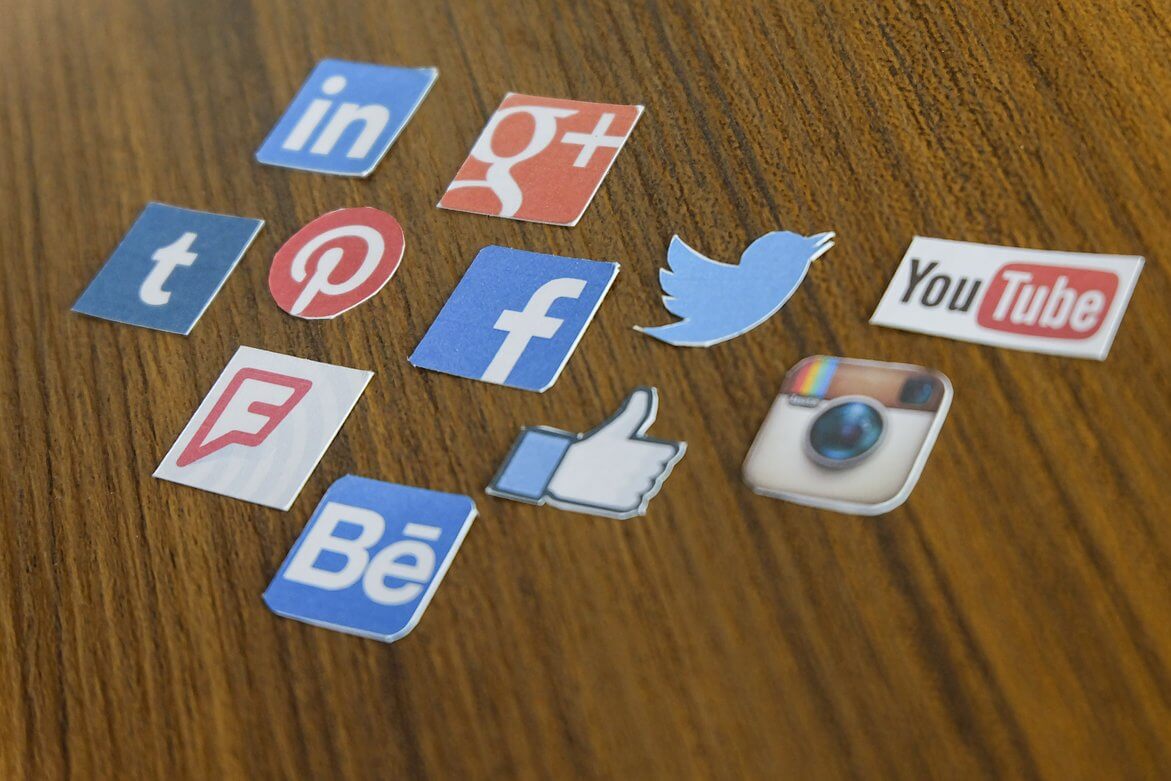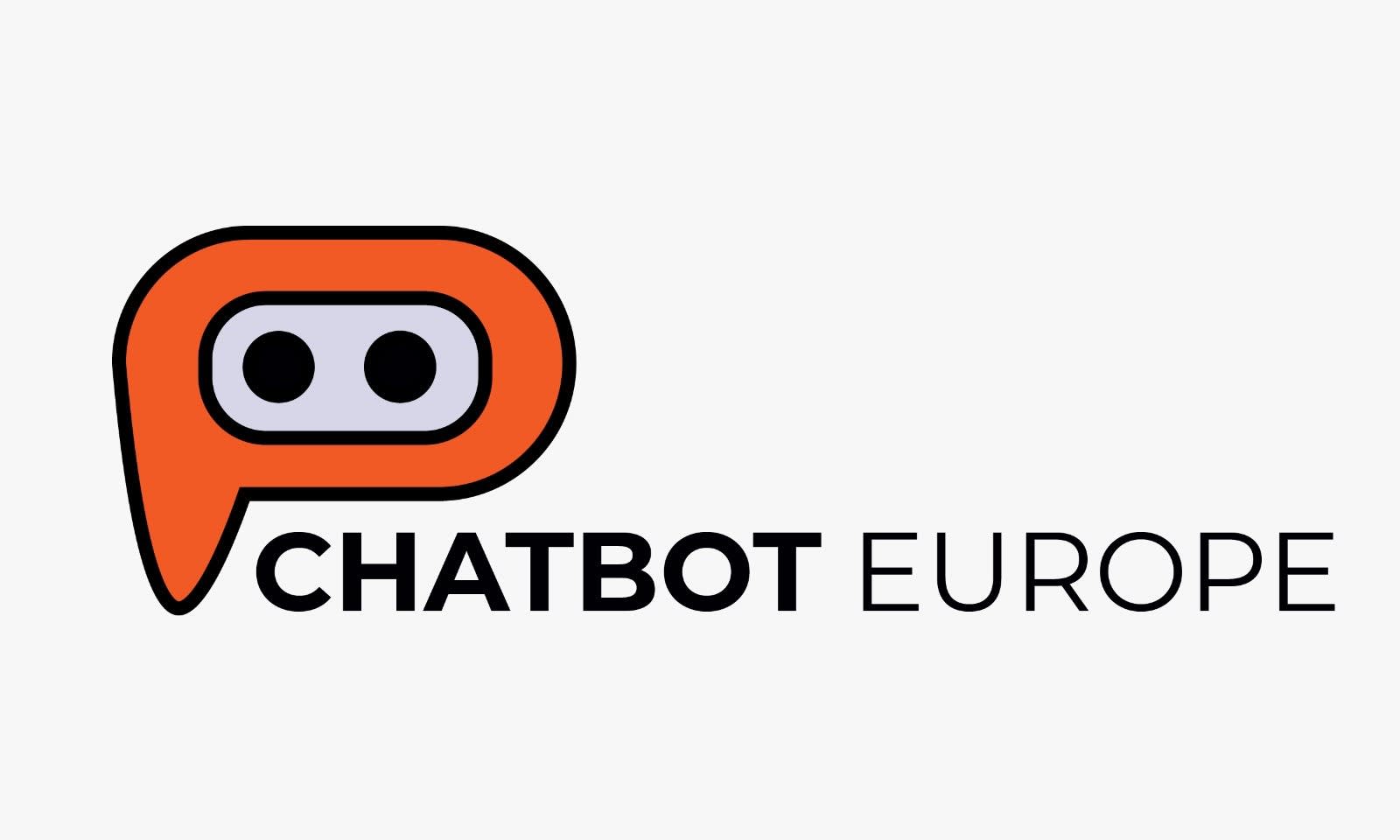
Published on January 8, 2018
Messaging platforms are booming: 90% of the time spent on smartphones is spent on e-mail and messaging platforms. For 2018, it is estimated that of the 4 trillion people who are online, 3.5 trillion are using messaging apps. It is therefore not surprising that more and more companies are responding to this trend. Companies are increasingly expected to use these platforms. In a Ubisend survey the following statistics emerged: 63.9% of consumers said that companies should be available on messaging apps and 49.4% indicated that they would prefer to use a messaging app for contact with a company than contact by phone. So it’s the right moment for companies to also make strategic use of the messaging apps. And what is an efficient and cost-saving strategy? Right, using a Chatbot.
More and more messaging platforms support Chatbots, for example SMS, Facebook Messenger, Twitter and Slack. And the nice thing about the bots is that they make one-on-one communication with customers much more efficient, scalable and faster. Is it advisable for companies to set up a Chatbot strategy? This depends on many different things: Is there a particular need that can be met by using a Chatbot? Would it improve the consumer experience? Would it encourage the involvement of customers? Are you well-informed about the needs of your customers? And are you prepared to adjust the experience during the process? If “yes” is the answer to all these questions, then you are ready to set up a Chatbot strategy.
The success formula of a Chatbot is a combination of brand values, customer insight and technology. The most important thing is that a Chatbot is developed that learns from its mistakes. Chatbots are like new employees, they have to be trained and get familiar with things. Like employees, Chatbots must show empathy, amuse people, help customers, and not focus too much on selling services and/or products. Give the Chatbots a simple task, for example, give them one or two functions that they are very good at. Launch the Chatbot, learn from the practice and implement improvements. Do an audit and check the following: Does the Chatbot experience match the expectations and needs of the users? What stands in the way of a smooth conversation? What makes the conversation feel weird, wrong or meaningless? What is a weakness of the AI and what is it really good about? Should the content be adjusted?
People expect Chatbots to be useful for assisting in simple tasks and answering easy questions, focussing on the target, being efficient and working faster. A Chatbot must therefore be helpful, informative, problem-solving, reactive, friendly, knowledgeable and polite. However, user needs can vary greatly, so it is wise to carefully check what your type of user is. For example, there are users who are still very new in using a Chatbot, these beginners like to get a quick answer and are often a bit more interested in chatting with the bot, they choose a common sense approach, give up earlier in the process and persist less. Expert users, on the other hand, have much higher expectations of the bots, are less interested in chatter, chat in a way that fits the task and will make several attempts to achieve the desired answer.
There are different types of Chatbots, each of which can meet other customer needs. One type is the “basic pre-determined system”, reactions are predefined and based on structured user actions. Furthermore, this type of Chatbots works with a rules-engine and is decision-tree driven, which means that they give choices from which the customers can choose and the bots base their response on what they choose. Then there is also the “conversational experience based system” type, this type of Chatbot recognizes key words and ad hoc sentences in natural conversations. The Chatbot provides predefined answers to questions in natural conversations. The third type of Chatbot is based on the “cognitive intelligence based system” and has the ability to understand complex conversations, maintain context, identify feelings and provide optimized responses.
The Chatbot type is also linked to the choice of a specific technology: closed chat or open-ended chat. In closed chat, buttons are usually used and the answer is provided on the basis of predefined choices by means of a decision tree. The advantage of this is that it is a simple experience. It is therefore a good introduction for a company into the use of Chatbots as a medium. The disadvantage is that it can feel restrictive and repetitive to the users, so it must be applied carefully. An open-ended chat, on the other hand, has more freedom of input, the Chatbot determines the meaning of the question and answers are selected on the basis of scripted responses. However, an open-ended Chatbot requires more moderation and it is more complicated to develop and monitor this type of bot.
In short, with great care and attention, a Chatbot can be developed that is 100% in line with the wishes and needs of both the company and the customers. To develop a good bot, consider the following:

We proudly present the new chatbot of...

Chatbots.expert is delighted to announce that Jan-Willem...

Nowadays, companies use messaging apps as an...

For many people, visiting the websites of...

2017 was really the year of the...

The 3rd Employee Experience Summit will soon...